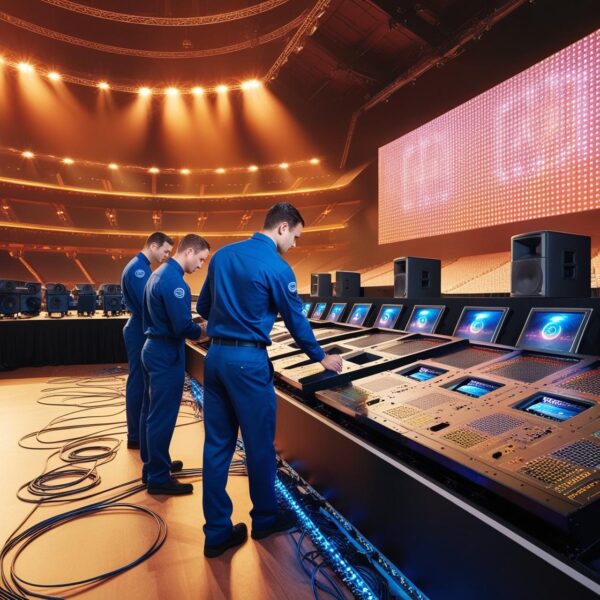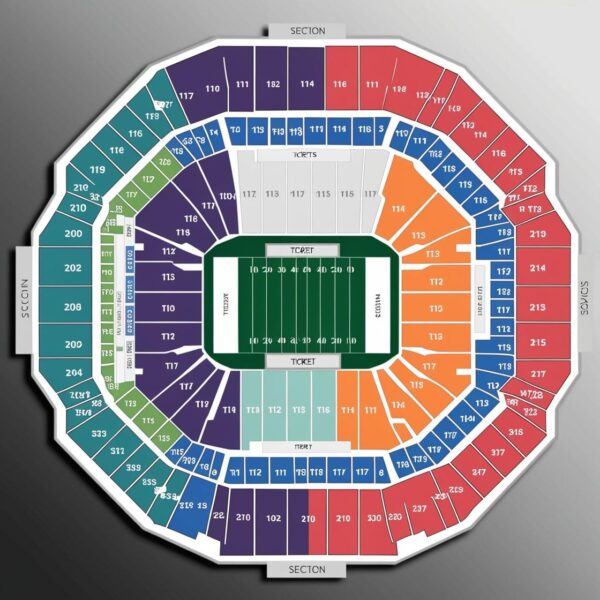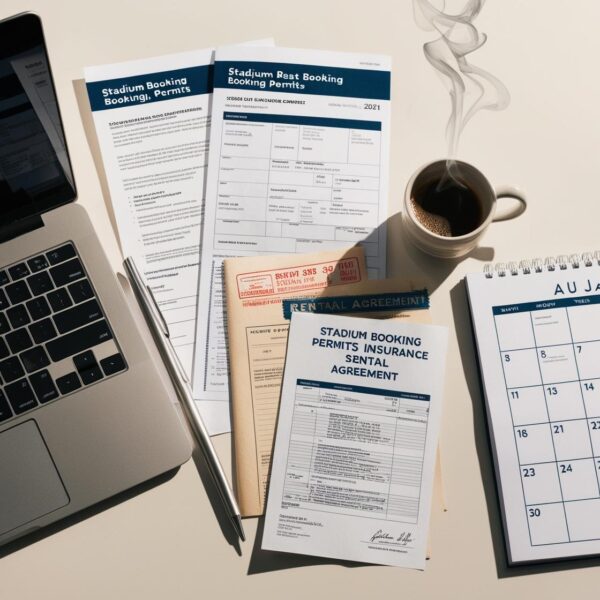What factors matter most when choosing a stadium venue in the Philippines?
Choosing a stadium venue in the Philippines requires evaluating capacity, accessibility, cost, and amenities. Each element affects audience experience, logistics, and ROI. Use a checklist to compare stadiums side by side.
Stadium rental decisions should consider:
| Attribute | Key Details | Local Consideration |
|---|---|---|
| Seating Capacity | Match crowd size (5,000–55,000) to event scale | Smart Araneta seats 16,500 |
| Location & Access | Near major roads, airports, and transport hubs | Philippine Arena via NLEX |
| Availability | Seasonal demand impacts rates, especially during festivals | Check Sinulog & Holy Week slots |
| Parking Facilities | Minimum of 1 slot per 3–5 attendees recommended | Mall of Asia Arena has 2,000+ |
| Cost & Inclusions | Look for inclusive pricing (security, lighting, cleanup) | Ask for day/night rate comparison |
| Technical Setup | Assess AV infrastructure, internet, and power supply | Look for fiber internet options |
| Safety Compliance | Stadium must pass fire, health, and crowd control standards | Verify LGU certifications |
| Permit Requirements | Understand barangay and city permits for event legality | Required in Quezon City events |
How does event planning impact stadium venue selection?
Event planning shapes the venue requirements based on audience, program flow, and technical needs. Tailor stadium options to fit event type: concerts, sports, religious gatherings, or trade expos.
Examples:
-
Concerts: Require large stage, backstage access, soundproofing.
-
Sports: Demand turf quality, locker rooms, and scoreboard access.
-
Conferences: Need booth zones, Wi-Fi, and seminar spaces.
Use these stadium qualities to align with event formats.
What stadium qualities should you prioritize for comfort and logistics?
Prioritize stadiums with superior ventilation, shade structures, restrooms, and security coverage. Crowd control and comfort influence retention and safety.
Checklist for comfort-based stadium qualities:
-
Covered seating or retractable roofs
-
At least 1 restroom per 100 people
-
Clear PA systems across all zones
-
24/7 on-site security and CCTV
What documents and contracts are required when booking a stadium?
Rental agreements must cover liability, insurance, permits, and technical terms. Always request a checklist from the venue to ensure compliance.
Standard stadium rental documents include:
-
Venue Agreement: Outlines rental terms, duration, cost
-
Insurance Proof: Covers public liability, equipment, and personnel
-
Permit Files: Barangay clearance, fire and safety permits
-
Logistics Plan: Load-in/out schedules, access passes
-
Technical Rider: Audio, lighting, electrical load capacities
Use the start booking checklist to verify all required items.
How to evaluate booking factors before finalizing a stadium venue?
Booking factors include price transparency, scheduling flexibility, and cancellation policies. Assess these before deposit.

Questions to ask:
-
Is the rate fixed or variable based on crowd size?
-
Are overtime charges clearly defined?
-
How early can setup begin?
-
What are refund terms for cancellations?
Add these items to your venue checklist for every stadium inquiry.
Which stadiums in the Philippines are most frequently rented?
Popular stadiums in the Philippines include Smart Araneta Coliseum, Philippine Arena, and Mall of Asia Arena. These venues support various event scales and technical needs.
| Stadium Name | Capacity | Location | Notable Feature |
|---|---|---|---|
| Smart Araneta Coliseum | 16,500 | Quezon City | Historic indoor arena |
| Philippine Arena | 55,000 | Bocaue, Bulacan | Largest indoor arena globally |
| Mall of Asia Arena | 15,000 | Pasay City | Near international airport |
| Rizal Memorial Stadium | 12,000 | Manila | Track and field events |
| Ninoy Aquino Stadium | 6,000 | Manila | Olympic-grade infrastructure |
What hidden costs should you anticipate in stadium rentals?
Hidden fees often include security surcharges, cleaning deposits, electric consumption, and equipment rentals. Always ask for a full itemized quotation.
Potential hidden charges:
-
Generator rental fees
-
Overnight security staff
-
Water and sanitation access fees
-
Emergency medical services (EMS)
Ask for a “comprehensive cost sheet” upfront.
When should you start booking a stadium venue?
Book stadiums at least 6–12 months in advance for peak months in the Philippines. Popular venues fill fast around summer, holidays, and major city festivals.
Best practice:
-
Lead Time: 12 months for peak season, 6 months for off-peak
-
Contract Signing: Minimum 90 days before event
-
Final Rehearsals: 2 days buffer before the event
What should your final stadium venue checklist include?
Use this essential checklist before confirming any venue rental:
Stadium Venue Booking Checklist
-
Confirm seating capacity and accessibility
-
Verify availability for setup and teardown days
-
Check for full compliance with safety codes
-
Assess AV, Wi-Fi, and lighting infrastructure
-
Confirm inclusions in base rental price
-
Collect all required permits and insurance
-
Request an itemized cost breakdown
-
Inspect the site in person or virtually
-
Review cancellation and refund terms
-
Sign agreement only after all checks





0 responses to “What to Look for in a Stadium Rental”